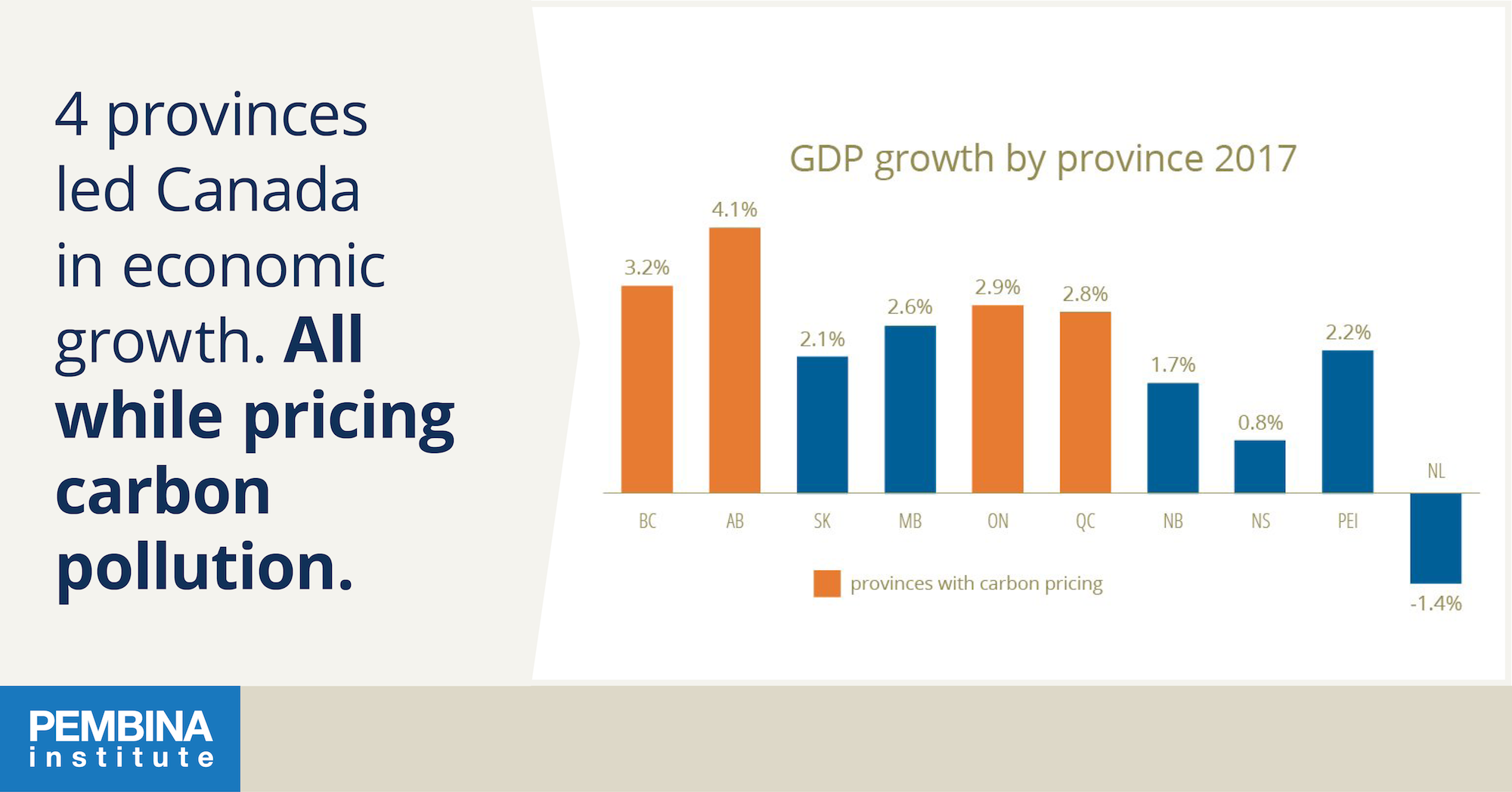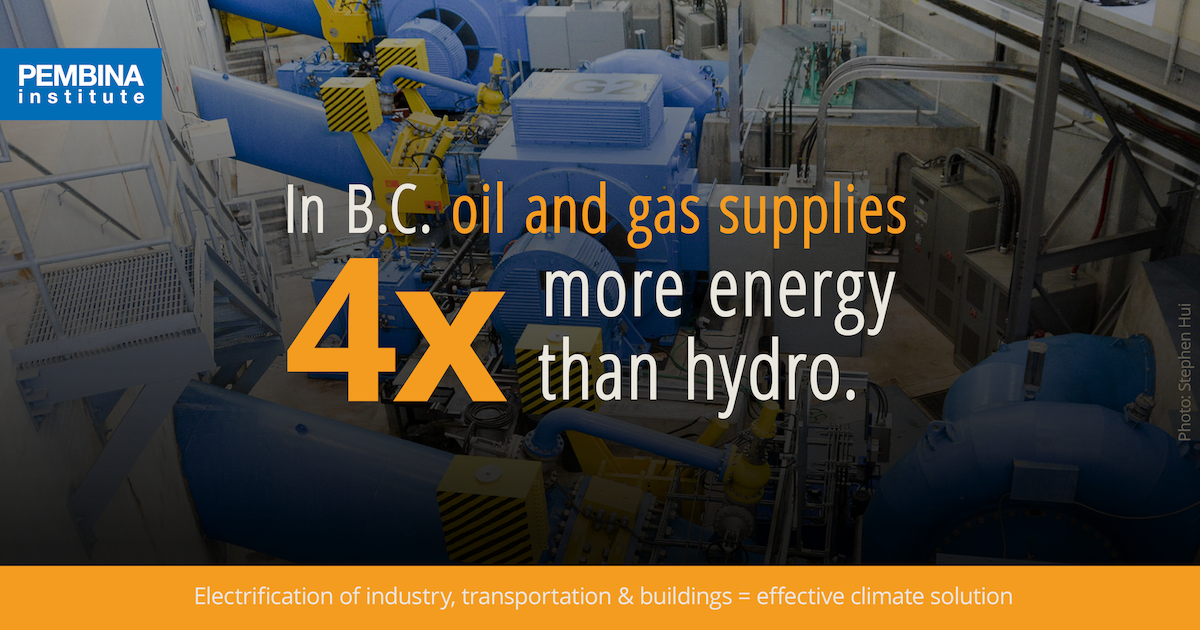VANCOUVER / COAST SALISH TERRITORY — Karen Tam Wu, acting B.C. director at the Pembina Institute and a member of B.C.’s Climate Solutions and Clean Growth Advisory Council, made the following statement today in response to the B.C. government’s 2018 speech from the throne:
“The throne speech put forth several promising commitments aimed at jumpstarting climate action and clean growth in British Columbia. In particular, the Pembina Institute welcomes the government’s pledge to introduce a new and improved climate strategy later this year.
“In 2018, we are hopeful Premier John Horgan’s government will take decisive action to rein in the carbon pollution doing damage to the climate. Let’s capitalize on this second chance to get back on track to B.C.’s climate commitments and to plug the gaping holes in 2016’s climate plan.
“We’re pleased by the government’s resolve to protect jobs and economic competitiveness as it strengthens B.C.’s carbon tax. A stronger price on carbon pollution is a key step toward securing a prosperous economy, safe communities, and healthy families for today’s and tomorrow’s generations.
“We look forward to seeing the government’s roadmap to meeting B.C.’s climate targets for 2030 and 2050. This entails a transition away from climate-polluting oil and gas, and harnessing clean electricity to power and heat more and more of our industry, transportation, and buildings. We also need to get to work on upgrading our existing homes and buildings, so they are more energy efficient, less carbon polluting, and better places to live and work. Let’s roll up our sleeves and seize this opportunity to build out the clean economy, create good jobs in our communities, and defend our climate.”
Quick facts
- B.C.’s carbon pollution in 2015: 63.3 million tonnes (Mt). B.C.’s legislated climate target for 2050: 12.6 Mt.
- Two approved projects, LNG Canada and Woodfibre LNG, would collectively emit 9.1 Mt of carbon pollution by 2030, and 10.2 Mt by 2050.
- Industry (41 per cent), transportation (39 per cent), and the built environment (17 per cent) are the sectors responsible for most of B.C.’s carbon pollution.
- Oil and gas still supply four times more energy than hydropower in B.C.
- In 2017, the four provinces (B.C., Alberta, Ontario, and Quebec) with an effective price on carbon pollution led Canada in economic growth.
[30]
Find photos for editorial use: flickr.com/pembina
Join the conversation on Twitter: #CleanGrowthBC @Pembina
Contact
Stephen Hui
Communications Lead, Pembina Institute
778-987-7654
stephenh@pembina.org
Tw: @StephenHui
Background
Op-ed: Six ways B.C. can defend the climate and economy in 2018
Op-ed: Four provinces outperformed the rest, all while pricing carbon pollution
Backgrounder: Liquefied Natural Gas, Carbon Pollution, and British Columbia in 2017
Op-ed: Building energy benchmarking pays off
About the Pembina Institute
The Pembina Institute is a non-profit think-tank that advocates for strong, effective policies to support Canada’s clean energy transition. We have offices in Vancouver, Calgary, Edmonton, Toronto, and Ottawa. Learn more: www.pembina.org






